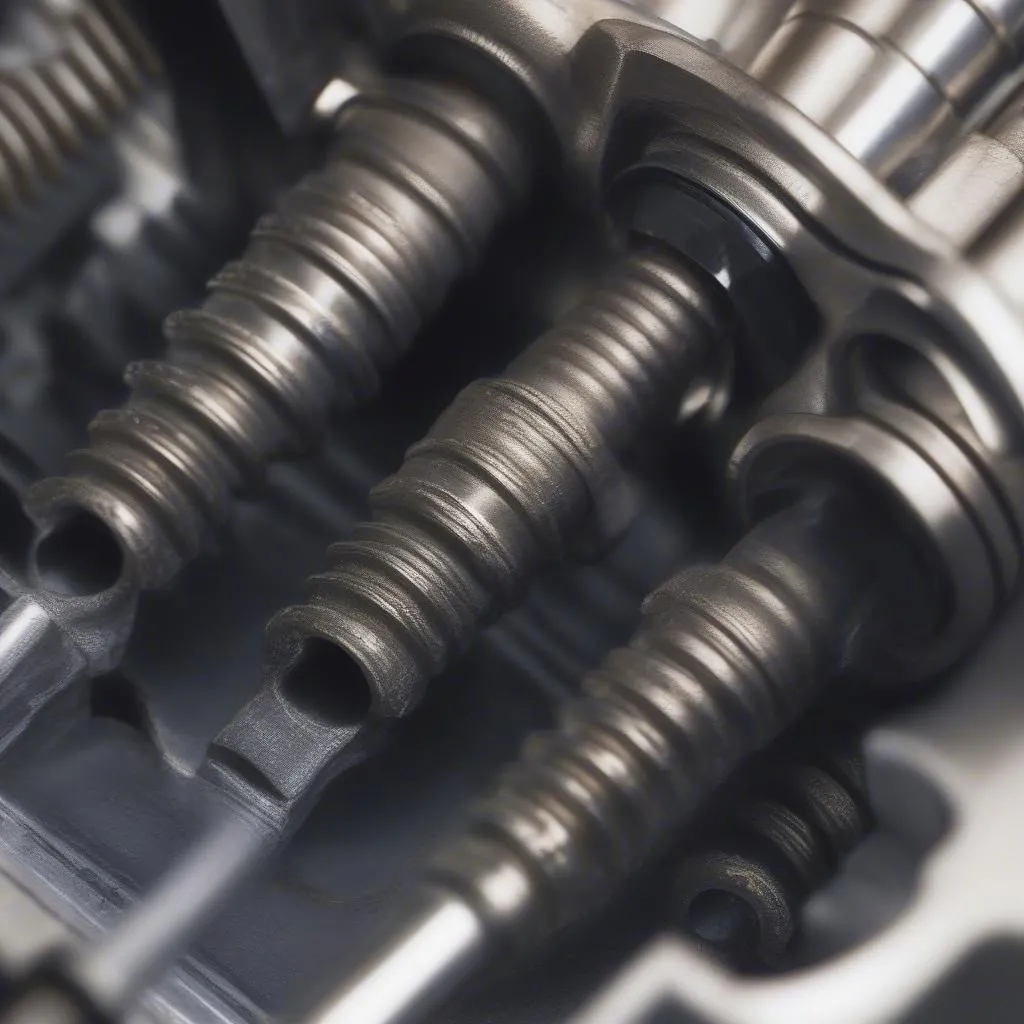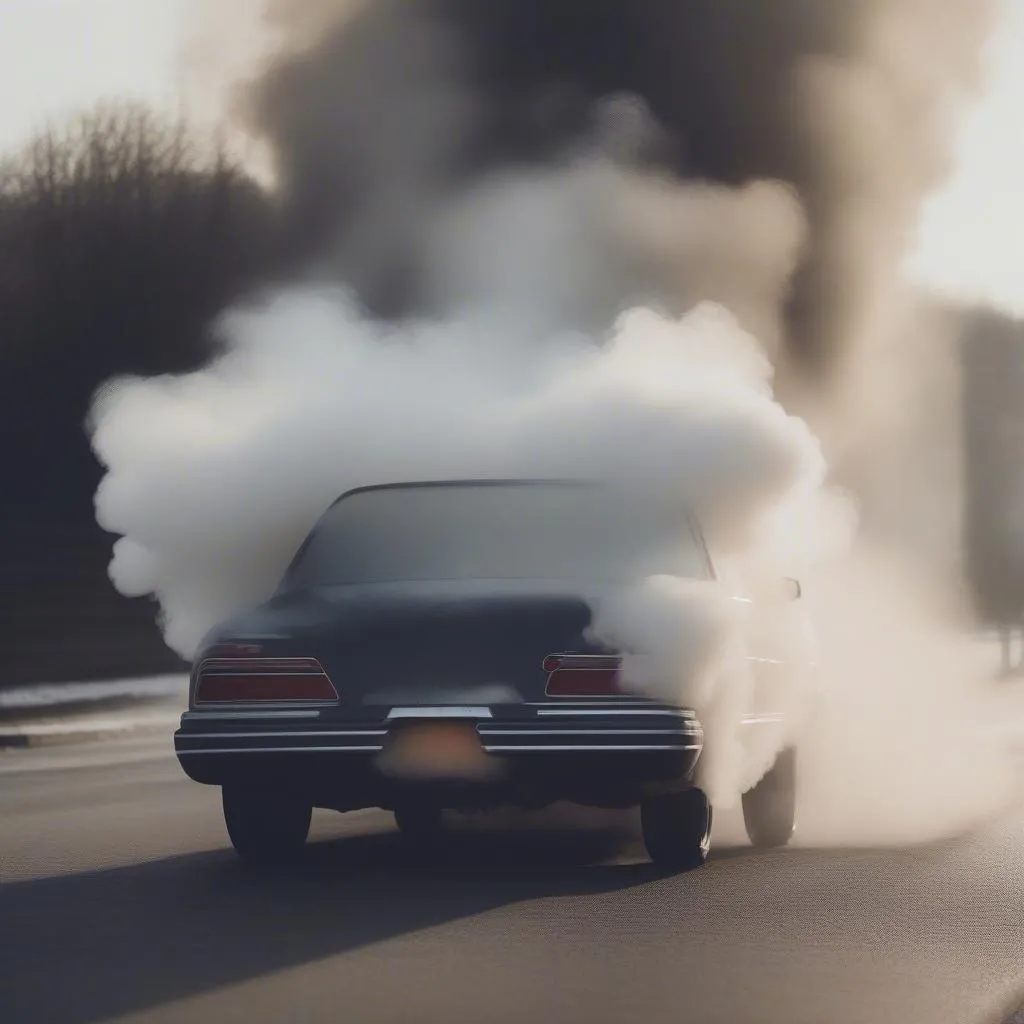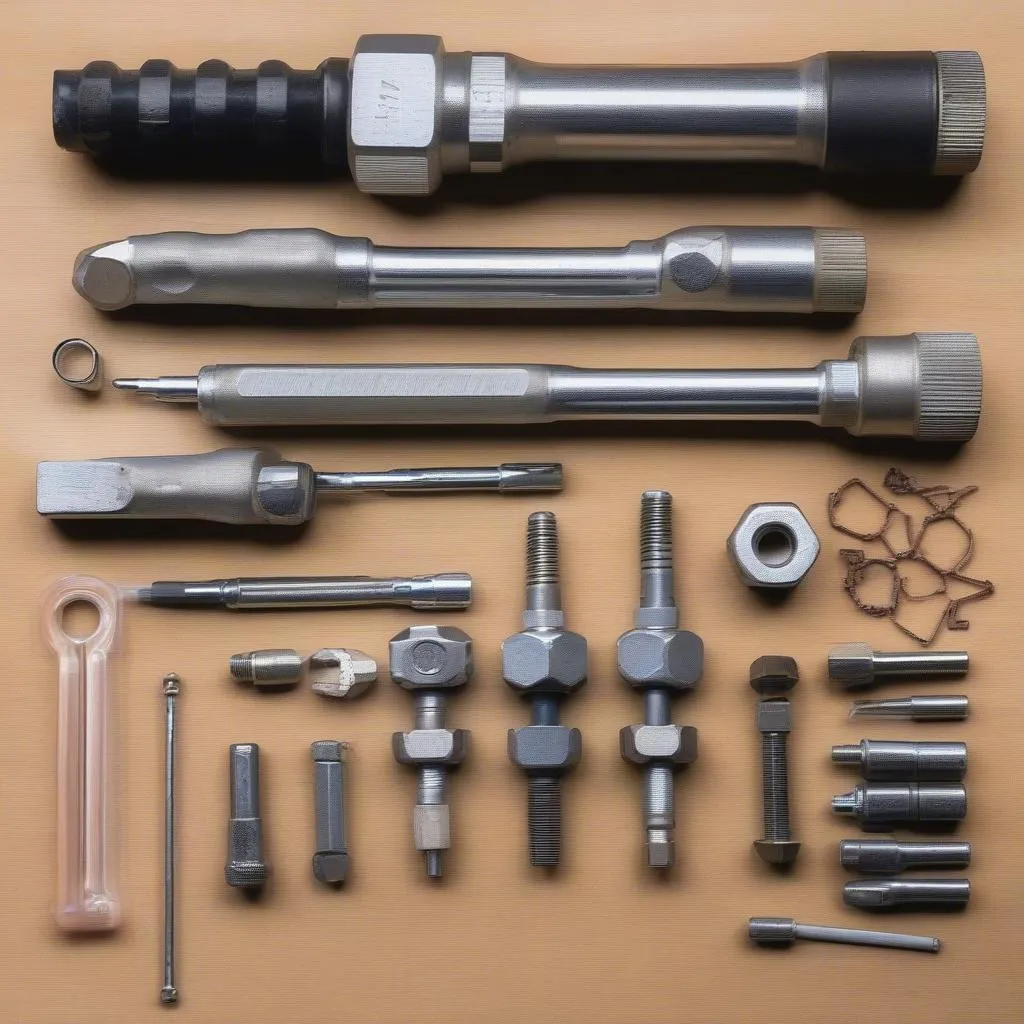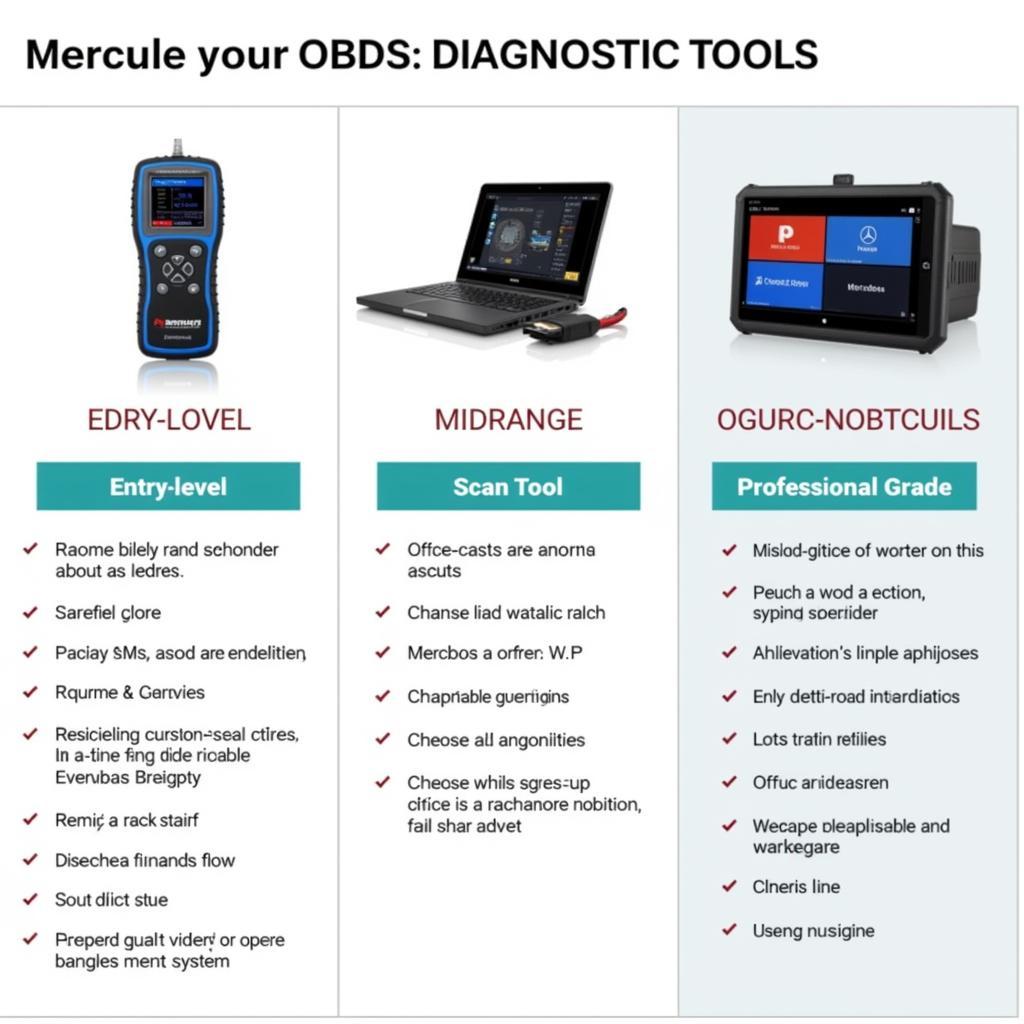Is your 1987 Mercedes-Benz 300D struggling to start on cold mornings? Does it crank for an eternity before finally sputtering to life? This common issue often points to faulty glow plugs. Fortunately, with a bit of patience and the right tools, replacing glow plugs in your 300D is a manageable DIY project.
This comprehensive guide will walk you through the process, explaining everything from identifying the issue to successfully replacing the glow plugs.
Why Glow Plugs Matter in Your 1987 Mercedes-Benz 300D
Glow plugs are the unsung heroes of cold starts, especially in diesel engines like the one powering your 300D. They preheat the combustion chamber, making it easier for the diesel fuel to ignite when temperatures drop.
 diesel engine glow plugs
diesel engine glow plugs
Recognizing the Signs of Faulty Glow Plugs
Before you dive under the hood, it’s crucial to confirm that the glow plugs are indeed the culprits. Here are some telltale signs:
- Difficult Cold Starts: Your 300D takes much longer than usual to start when the engine is cold.
- White Smoke on Startup: You notice a puff of white smoke from the exhaust during those cold starts.
- Rough Idling: The engine idles roughly or unevenly until it warms up.
- “Check Engine” Light: Your dashboard might display a “Check Engine” light, especially if the glow plug relay is faulty.
 car exhaust white smoke
car exhaust white smoke
Gathering Your Tools and Supplies
Before you begin, assemble the necessary tools and parts:
- Socket Set: Including a socket that fits your 300D’s glow plugs.
- Ratchet Wrench
- Torque Wrench: Essential for properly tightening the new glow plugs.
- Needle Nose Pliers: Useful for handling small parts.
- Penetrating Fluid: To loosen stubborn glow plugs.
- New Glow Plugs: Ensure you purchase the correct type for your 1987 300D.
- Optional: Multimeter (for testing glow plugs).
 glow plug replacement tools
glow plug replacement tools
Step-by-Step Glow Plug Replacement Guide
-
Locate the Glow Plugs: The glow plugs are usually situated in the cylinder head, beneath the valve cover. Consult your owner’s manual for the exact location in your 300D.
-
Disconnect the Battery: Safety first! Disconnect the negative battery terminal to prevent any electrical mishaps.
-
Remove Obstructions: Depending on your engine configuration, you might need to remove components like the air filter housing or intake manifold to access the glow plugs.
-
Disconnect the Glow Plug Wires: Carefully detach the wires connected to each glow plug.
-
Apply Penetrating Fluid: Spray penetrating fluid onto the base of each glow plug and allow it to soak for a few minutes. This helps to loosen any corrosion.
-
Loosen and Remove the Glow Plugs: Carefully loosen and remove the old glow plugs using the appropriate socket and ratchet.
-
Install New Glow Plugs: Apply a thin layer of anti-seize compound to the threads of the new glow plugs. Hand-tighten each glow plug, then use a torque wrench to tighten them to the manufacturer’s specification (refer to your owner’s manual).
-
Reconnect Glow Plug Wires: Reattach the wires to the new glow plugs.
-
Reassemble Components: Reinstall any components you removed earlier (air filter housing, intake manifold, etc.).
-
Reconnect the Battery: Reconnect the negative battery terminal.
-
Test Your Work: Turn the ignition key to the “on” position and allow the glow plug indicator light on your dashboard to illuminate. This indicates that the glow plugs are heating up. Start the engine and check for any lingering issues.
Frequently Asked Questions (FAQs)
Q1: How long do glow plugs typically last?
A: Glow plug lifespan varies but they can last anywhere from 60,000 to 100,000 miles. Factors like driving conditions and fuel quality can impact their longevity.
Q2: Can I test glow plugs myself?
A: Yes, you can use a multimeter to check for continuity. A functioning glow plug will show very low resistance.
Q3: My “Check Engine” light is on. Could it be related to the glow plugs?
A: Yes, a faulty glow plug or glow plug relay can trigger the “Check Engine” light. Using an OBD-II scanner, like those offered by CARDIAGTECH, can help pinpoint the exact issue.
Q4: Can I drive my 300D with a bad glow plug?
A: It’s not advisable to drive with a bad glow plug for extended periods. It can lead to harder starts, reduced fuel efficiency, and potential damage to other engine components.
Conclusion
Replacing glow plugs in your 1987 Mercedes-Benz 300D is an achievable DIY task that can save you money and keep your classic diesel running smoothly, even on the coldest mornings. Always refer to your owner’s manual for specific instructions and torque specifications relevant to your vehicle. And remember, a well-maintained Mercedes is a joy to drive!


